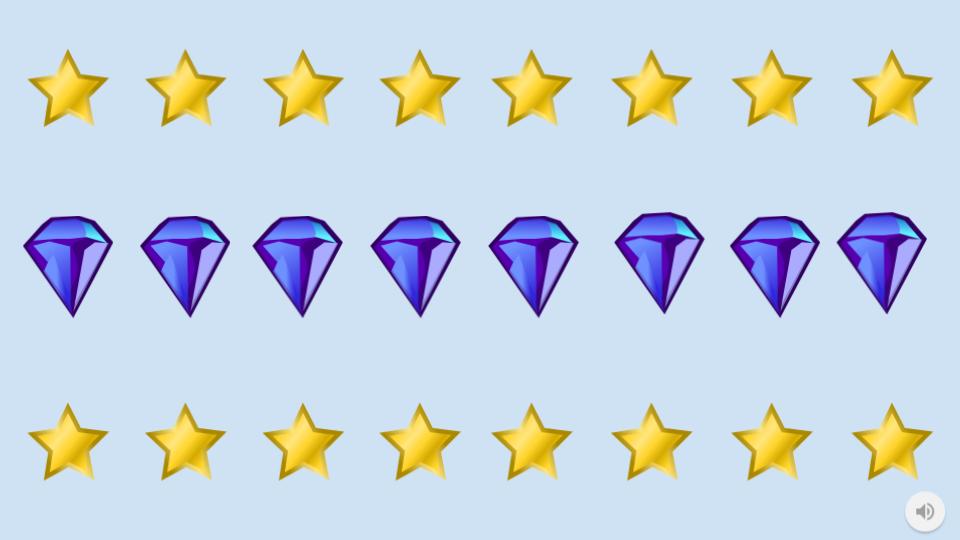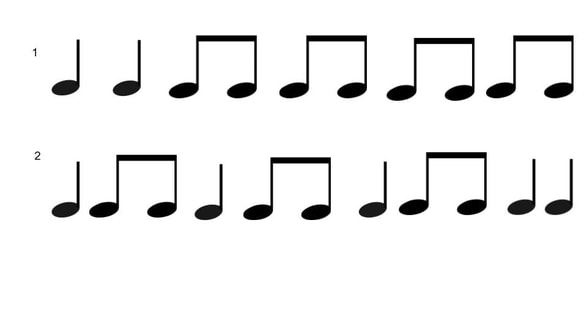DO!
Mozart’s full name is usually written “Wolfgang Amadeus Mozart,” but that’s not what Mozart called himself. His father baptized him Johannes Chrysotomus Wolfgangus Theophilus Mozart. He enjoyed decorating and twisting his various names into words like Wolfie, Wolfgango, Gangflow (that’s Wolfgang spelled backwards), Mozartini, Mozartus, and Mozarty. Remember, this guy loved to play around! But he virtually never used the name “Amadeus.” So where did “Amadeus” come from? The answer is easy if you know ancient Greek and Latin (as Mozart did): Amadeus is Latin for the Greek word Theophilus, which means “lover of God.” However, Mozart used variants of the Latin word, turning it into Amadeo, Amadè, or most often, Amadé.
El nombre completo de Mozart suele escribirse "Wolfgang Amadeus Mozart", pero
eso no es lo que Mozart se llama a sí mismo. Su padre lo bautizó Johannes
Chrysotomus Wolfgangus Theophilus Mozart. Le gustaba decorar y
torciendo sus varios nombres en palabras como Wolfie, Wolfgango, Gangflow
(eso es Wolfgang escrito al revés), Mozartini, Mozartus y Mozarty.
Recuerda, ¡a este chico le encantaba jugar! Pero virtualmente nunca usó el
nombre "Amadeus". Entonces, ¿de dónde vino “Amadeus”? La respuesta es
fácil si sabes griego antiguo y latín (como hizo Mozart): Amadeus es
Latín para la palabra griega Theophilus, que significa "amante de Dios".
Sin embargo, Mozart usó variantes de la palabra latina, convirtiéndola en Amadeo,
Amadè, o más a menudo, Amadé.
eso no es lo que Mozart se llama a sí mismo. Su padre lo bautizó Johannes
Chrysotomus Wolfgangus Theophilus Mozart. Le gustaba decorar y
torciendo sus varios nombres en palabras como Wolfie, Wolfgango, Gangflow
(eso es Wolfgang escrito al revés), Mozartini, Mozartus y Mozarty.
Recuerda, ¡a este chico le encantaba jugar! Pero virtualmente nunca usó el
nombre "Amadeus". Entonces, ¿de dónde vino “Amadeus”? La respuesta es
fácil si sabes griego antiguo y latín (como hizo Mozart): Amadeus es
Latín para la palabra griega Theophilus, que significa "amante de Dios".
Sin embargo, Mozart usó variantes de la palabra latina, convirtiéndola en Amadeo,
Amadè, o más a menudo, Amadé.
TRY THIS!
|
1. ¿Escribe tu nombre al revés e intenta decirlo en voz alta?
Pruébelos con el nombre de un familiar o amigo. |
Listen to the music for "Twinkle, Twinkle" again and follow the Star and Diamond chart below. Can you figure out which part of the pattern in the song goes with the stars and which part goes with the diamonds? Try to feel the pulse (beat) of the music as you point to the stars and the diamonds.
Escuche la música "Twinkle, Twinkle" nuevamente y siga la tabla de estrellas y diamantes a continuación. ¿Puedes averiguar qué parte del patrón de la canción va con las estrellas y qué parte va con los diamantes? Trate de sentir el pulso (ritmo) de la música mientras señala las estrellas y los diamantes.
Using the pictures (from the "THINK" page) see if you (and a family member) can create a picture that has hidden ABA Patterns in them!
Usando las imágenes (de la página "THINK"), vea si usted (y un miembro de su familia) pueden crear una imagen que tenga patrones ABA ocultos en ellas.
Watch this video of Mozart's "Rondo Alla Turca." Did you see all the "Ta's" in there?
Mire este video del "Rondo Alla Turca" de Mozart. ¿Viste todos los "Ta" allí?
Reading Rhythms!
(¡Leyendo Ritmos!)
Pick a color (green, red, or blue) and then click your sticks (or clap) on the number your ball is instructed to play on. Look for the number that is highlighted in yellow and white. See if someone will join in with you for this activity. How did you do?
Elija un color (verde, rojo o azul) y luego haga clic con sus palos (o aplauda) en el número en el que se le indica que juegue la bola. Busque el número que está resaltado en amarillo y blanco. Vea si alguien se unirá a usted para esta actividad. ¿Como hiciste?
BABATUNDE OLATUNJI
Babatunde Olatunji was born in the Village of Ajido in Southwestern Nigeria. His name means "father has returned" because he was named after his father who died 2 months before he was born. Babatunde realized when he was 12 years old that he did not want to follow in his fathers footsteps and become the chieftain of the village. Instead he came to the United States to go to school. He had grown up playing traditional African music on drums and he turned that into a career. He released 17 studio albums and he traveled all over performing. In addition he was an activist who fought against racism in the United States. Even before Rosa Parks became well known for refusing to sit in the back of a bus in Montgomery, Alabama in 1955 Mr. Olatunji had been protesting that practice throughout the south for three years. He is known as one of the first political activists in the United States, but he is better known for his music.
|
Babatunde Olatunji nació en la aldea de Ajido en el suroeste de Nigeria. Su nombre significa "padre ha regresado" porque fue nombrado en honor a su padre, que murió 2 meses antes de que él naciera. Babatunde se dio cuenta cuando tenía 12 años de que no quería seguir los pasos de su padre y convertirse en el cacique del pueblo. En cambio, vino a los Estados Unidos para ir a la escuela. Había crecido tocando música tradicional africana en la batería y lo convirtió en una carrera. Lanzó 17 álbumes de estudio y viajó por todas partes actuando. Además fue un activista que luchó contra el racismo en Estados Unidos. Incluso antes de que Rosa Parks se hiciera conocida por negarse a sentarse en la parte trasera de un autobús en Montgomery, Alabama en 1955, el Sr. Olatunji había estado protestando contra esa práctica en todo el sur durante tres años. Es conocido como uno de los primeros activistas políticos en los Estados Unidos, pero es más conocido por su música.
|
Try "playing" along with this video like we did in class...
Use "TA", "TA-TI", and "SHH" to create an 16 beat rhythm and then play it along with the video below.
Utilice "TA", "TA-TI" y "SHH" para crear un ritmo de 16 tiempos y luego reprodúzcalo junto con el video a continuación.


